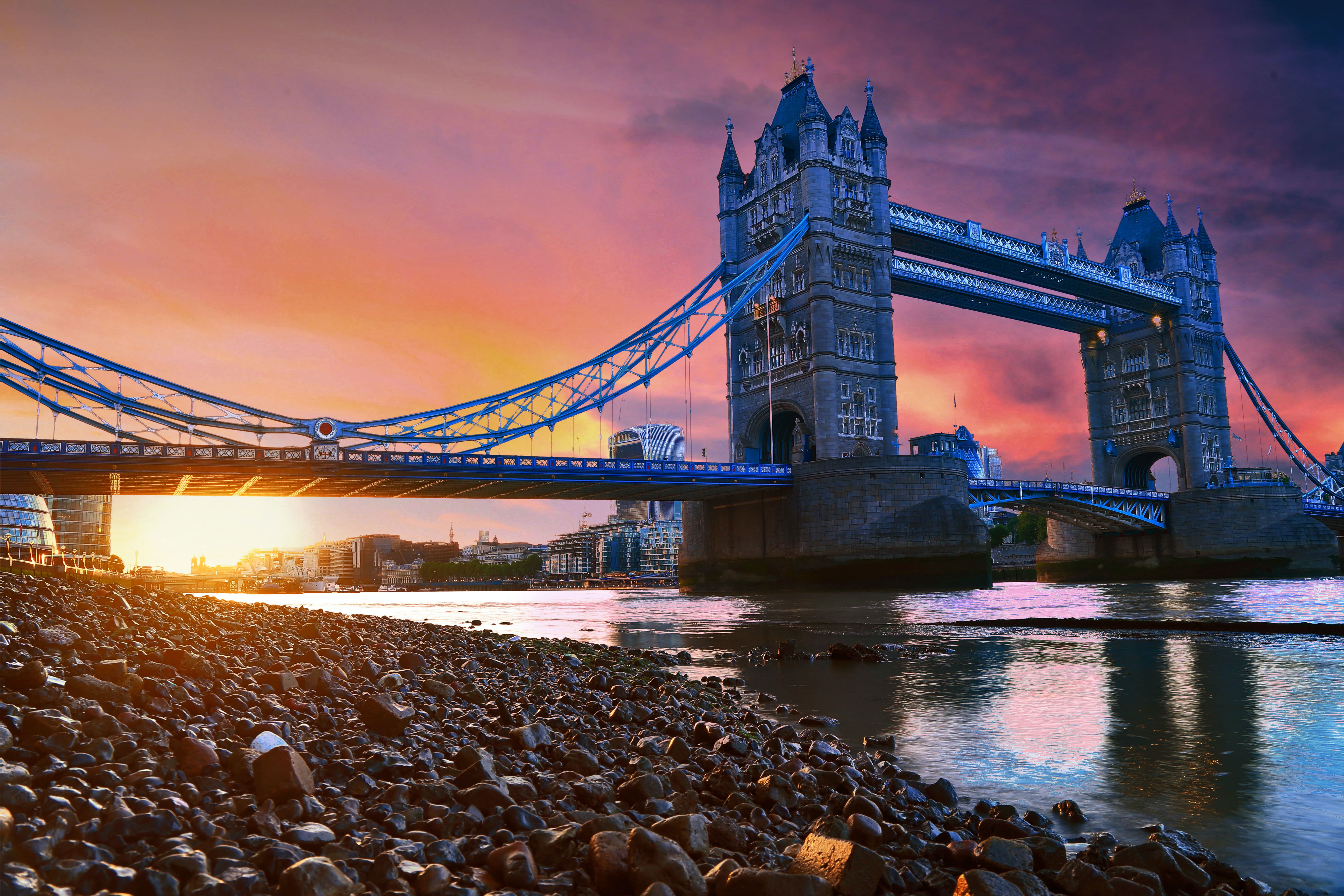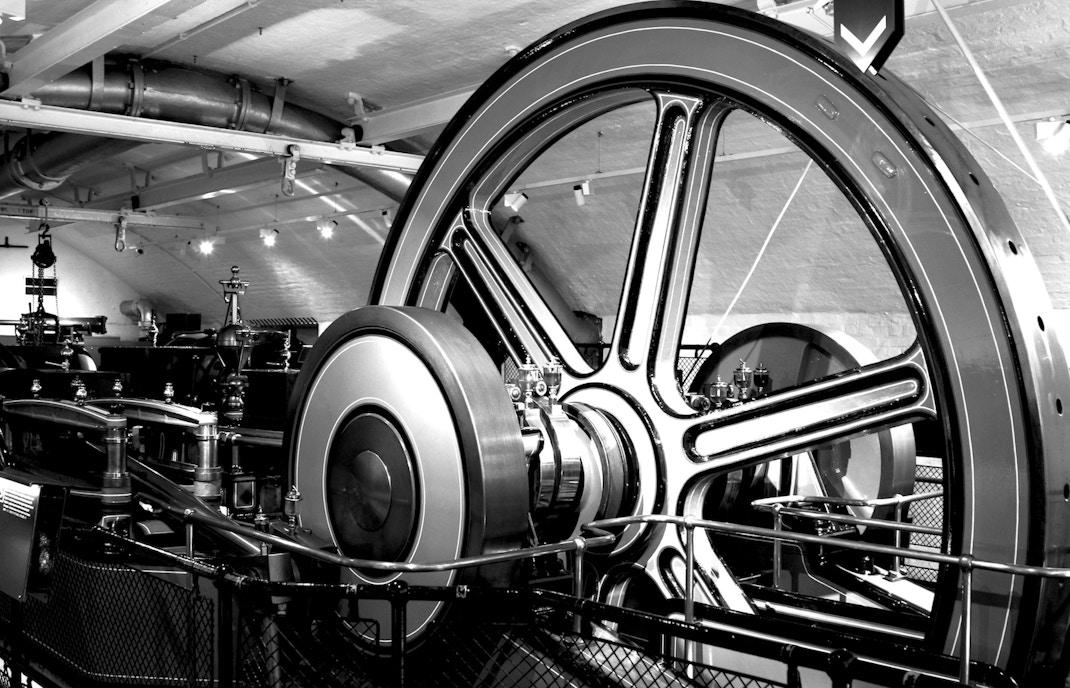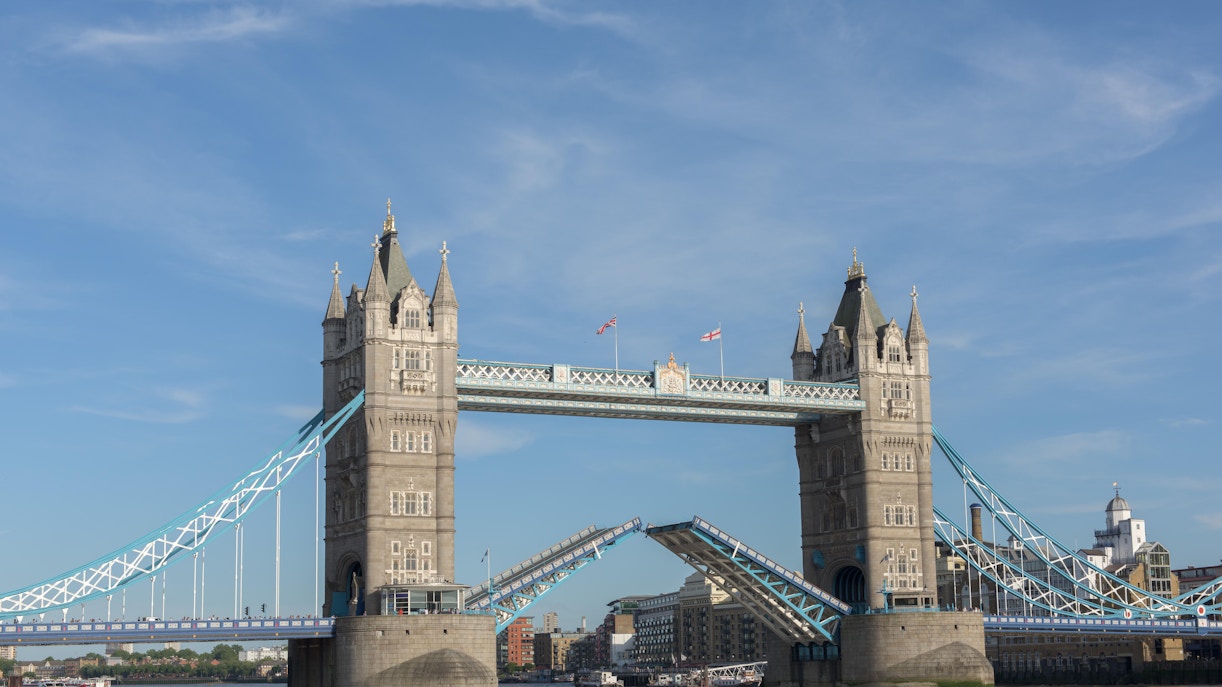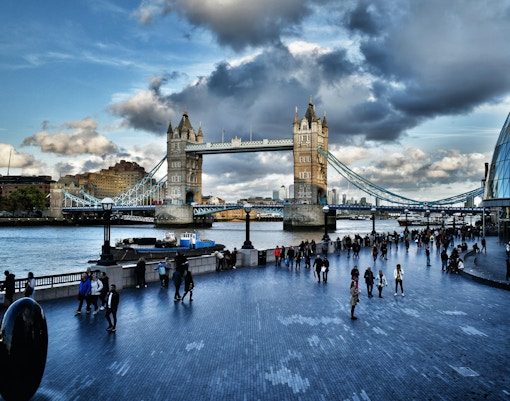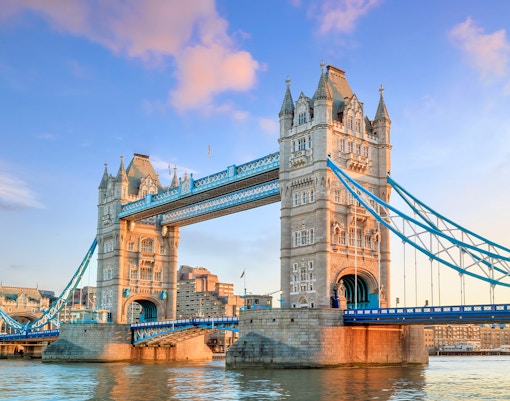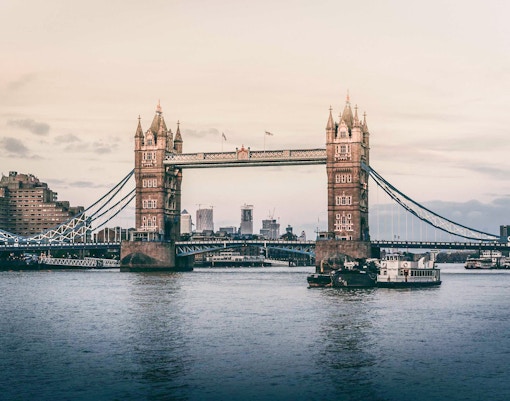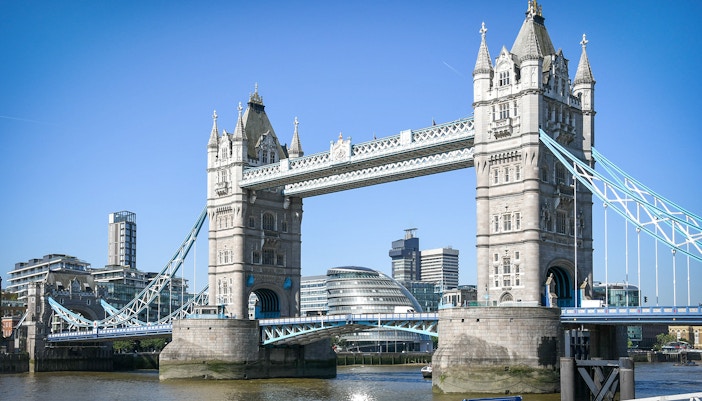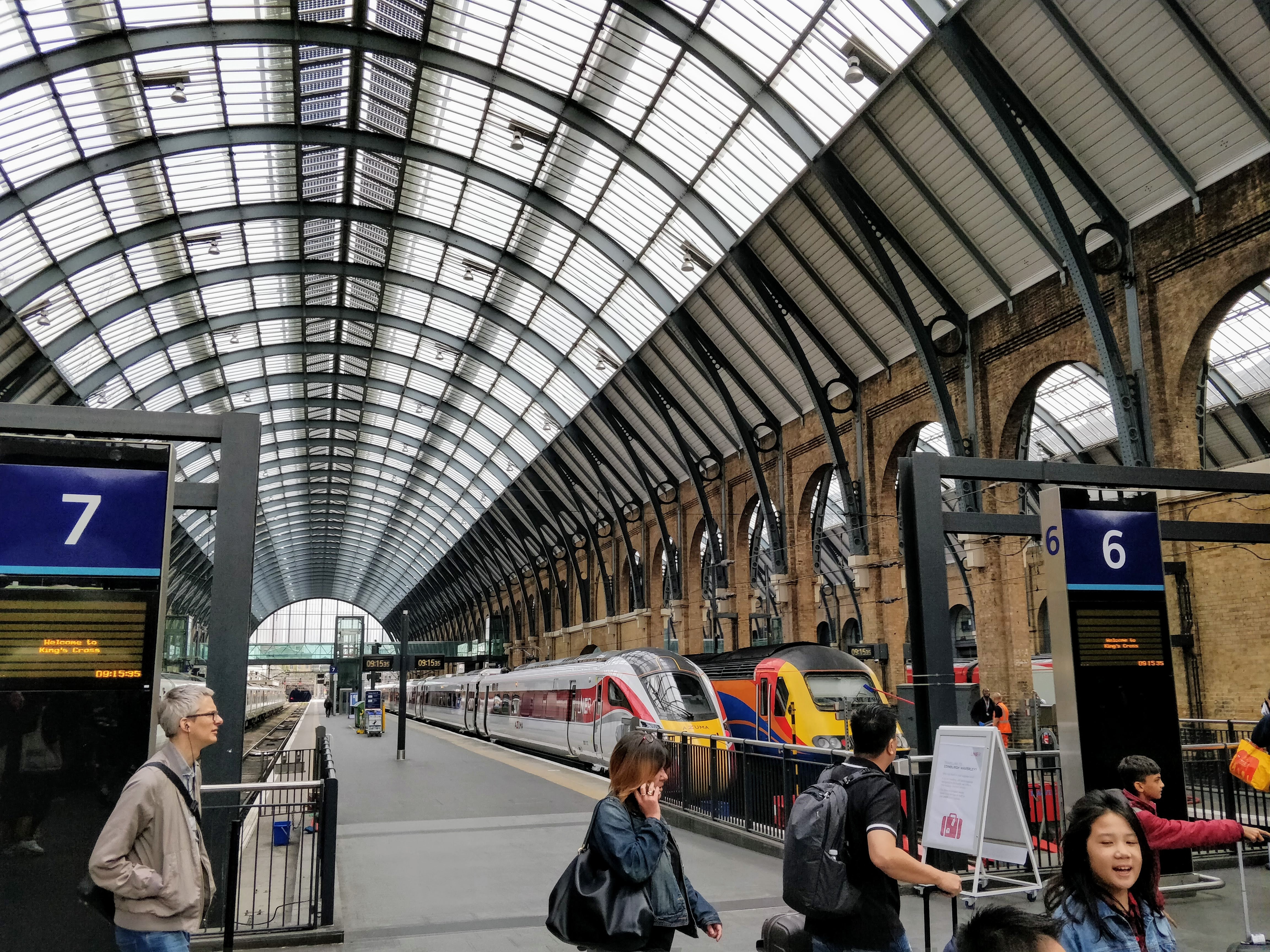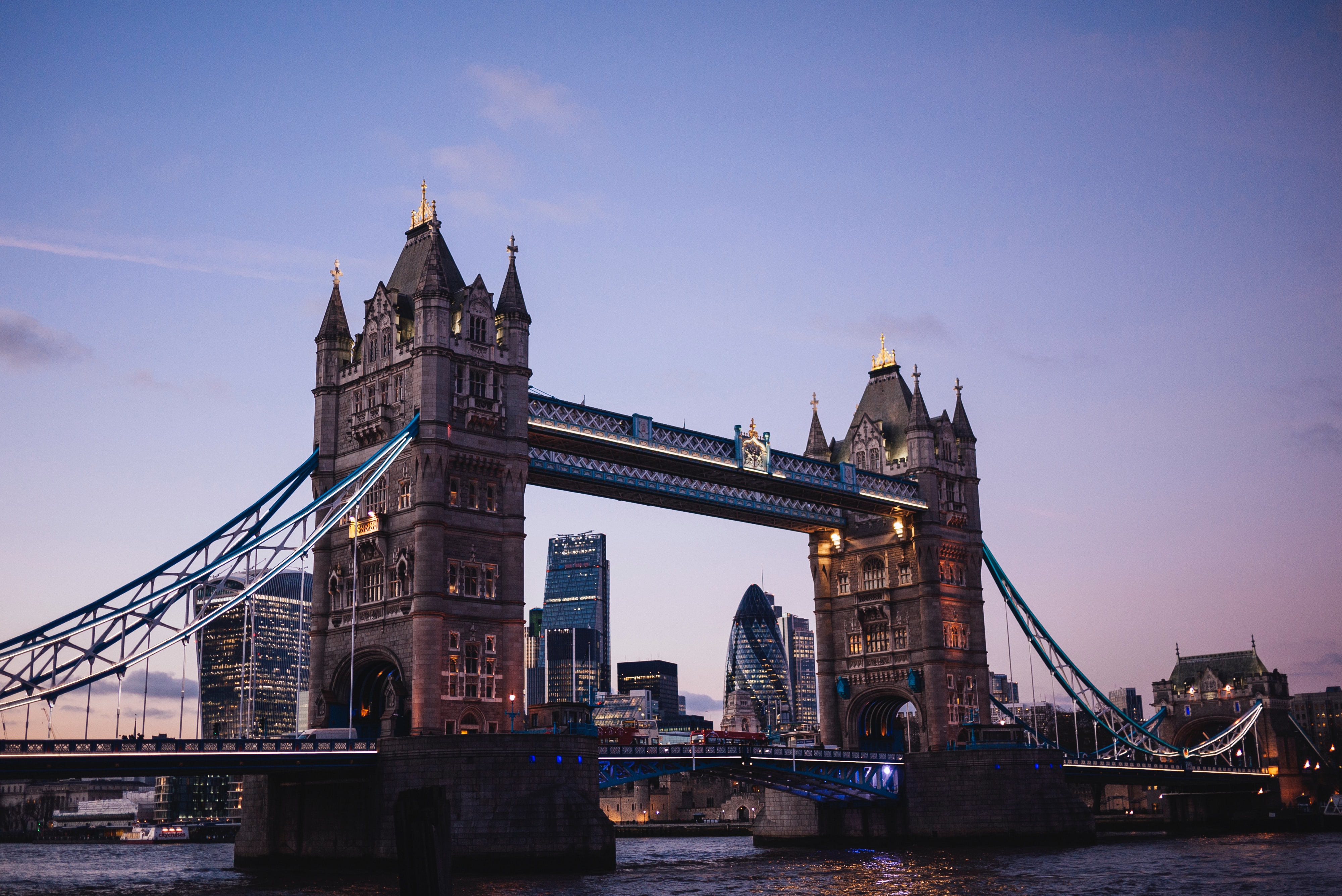By the 19th century, as the East End of London began to develop, there rose a need for a new river crossing. In 1876, the Special Bridge or Subway Committee was founded to develop ideas, and a public contest to choose a design for the new bridge was held. Over 50 ideas were offered for evaluation to the Committee, with some on display at Tower Bridge. However, it was not until October 1884 that Sir Horace Jones, the City Architect, suggested the chosen design for Tower Bridge as a resolution, in partnership with John Wolfe Barry, who was appointed as the engineer.
Detailed history of Tower Bridge
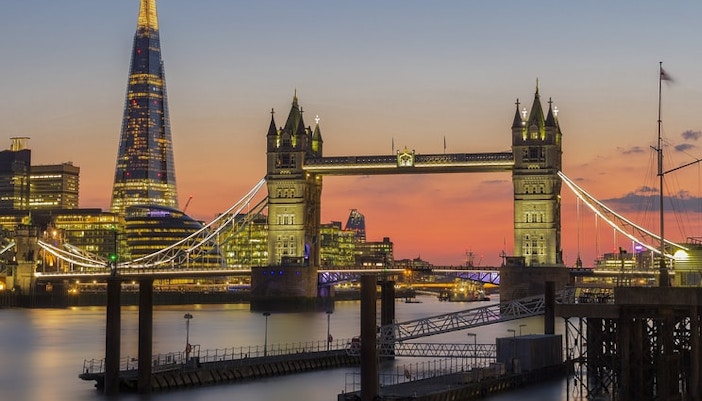
The competition
.jpg?auto=format&w=702.4499999999999&h=401.4&q=90&ar=7%3A4&crop=faces&fit=crop)
The construction
The construction of Tower Bridge began in 1886. It took eight years, five main contractors, and the tireless labor of 432 construction workers each day to build Tower Bridge. To support the building, two large piers were built on foundations deep into the riverbed, and the Towers and Walkways were built with nearly 11,000 tons of steel. To safeguard the underlying steelwork, this structure was covered in Cornish Granite and Portland Stone. When Jones died in 1887, George D. Stevenson took over and replaced the original brick facade with the iconic Victorian Gothic style. It cost £1,184,000 to finish building the tower.
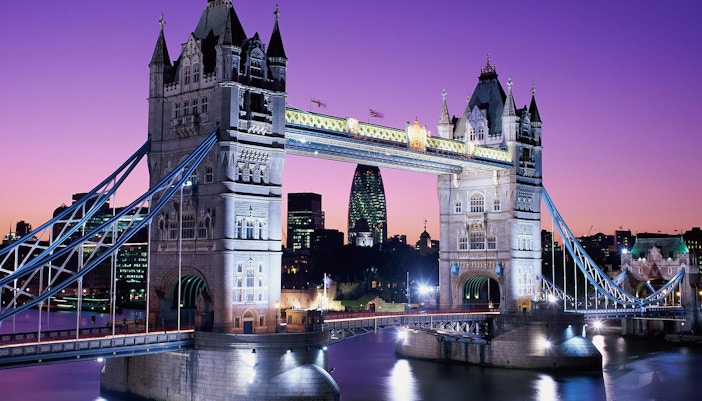
The opening
The Prince and Princess of Wales officially opened Tower Bridge on 30 June 1894. Lord Chamberlain, Lord Carrington, and H. H. Asquith, the Home Secretary, were present for the opening ceremony. On the same day, the bridge lifted, after a two-minute delay, for the first time. A tug boat was required by an Act of Parliament to be on duty to help vessels in distress when crossing the bridge, an obligation that lasted until the 1960s. The Tower Subway was the quickest method to cross the Thames from Tower Hill to Tooley Street in Southwark until the bridge was built. Because there was no toll to cross Tower Bridge once it opened, the majority of foot traffic shifted to using it.
